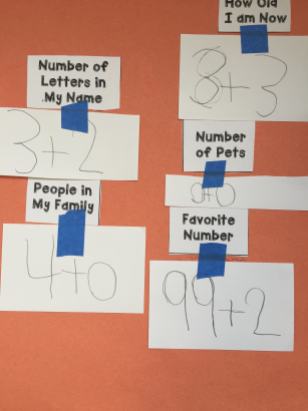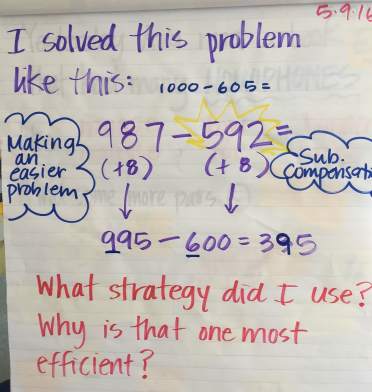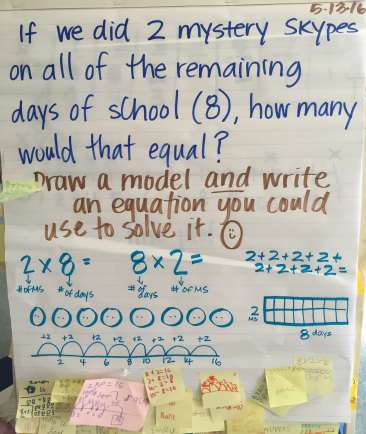We worked on letters letters this week, and also got some math into the mix, too!
One way was with one of our first morning math warm-ups (which I will start to share about later). I asked a short, simple question with infinite answers, allowing every kiddo to share their initial thinking about what math would be this year.
 The variety of answers was great, with no one having to use the prompt I taught them of “I don’t know yet, but here’s what I’m thinking now…” I love that someone’s answer was “math is fun!” Many kiddos said “numbers” and many others gave examples of kinds of math like adding/subtracting or wrote equations. I was impressed that they were not scared by this question, even though we were only on day 9 of 1st grade!
The variety of answers was great, with no one having to use the prompt I taught them of “I don’t know yet, but here’s what I’m thinking now…” I love that someone’s answer was “math is fun!” Many kiddos said “numbers” and many others gave examples of kinds of math like adding/subtracting or wrote equations. I was impressed that they were not scared by this question, even though we were only on day 9 of 1st grade!
After we discussed this warm-up, I gave everyone an activity that would allow them to show me (and the class) a little bit about themselves as people and themselves as mathematicians. Now…it is a very infrequent thing for me to ask everyone to do the very same thing at the very same time in the very same way. But since it is early in the year, and we 1) don’t have our iPads yet (which is how we often differentiate opportunities), and 2) it’s still early in the year and we don’t have all of our routines established yet, this seemed like a time and place to ask the whole class to try something together.
The general idea was based on a math poster that was shared in our school’s Sharetank on Facebook by Mrs. Hill ((a 5th grade teacher):

Ms. Turken made the template we used in 1st grade, and it was most of the same questions as this 5th grade version, but you’ll see that our equations were a little different. 🙂
After kiddos were finished with their Math About Me posters, I put them in pairs for them to have their first go at a math game. We had not had a chance to prep for this, but since it didn’t include a die or an iPad, I was pretty sure they could handle it without much instruction. Once I explained how to play Turn Over Ten, they got busy and did a pretty great job of quietly playing while the rest of us finished.
Now for what I learned…
*The idea of using numbers to tell about yourself is a GREAT idea, but I should have done it in a different way. This was a bit formulaic for 1st graders, had a lot of directions, and they needed a lot more help than I had first anticipated.
*Most kiddos had the same answers for the number, and made the equations in a similar way, too, although they did vary a little in the order their labels and cards went on the paper.
*This was DEFINITELY more of a lesson in following directions than a community building or math task. We didn’t even have a chance to share our answers when we were finished.
*I did not clearly explain why we were doing this, which made it much less meaningful to my students, and therefore probably was not the best use of our time.
*My class works really well when they are busy with an individual, partner or small group task, and can do a lot of things independently already, even at this point of the year.
*Most kiddos are willing and able to talk to each other to clarify directions, ask for help and encourage each other when they don’t know what to do.
*They were able to transition very easily from a project to a game. They followed the directions, worked quietly and were focused on doing the right thing with their partner!
*We have a pretty strong foundation on which to build the rest of our mathematical thinking this year, and kiddos are excited to get started on “real” stuff!
And just like them, I am also excited to get into the “real stuff,” too! Let’s go Rm. 202 mathematicians!










































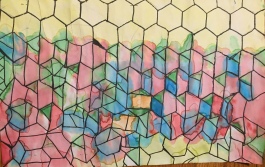

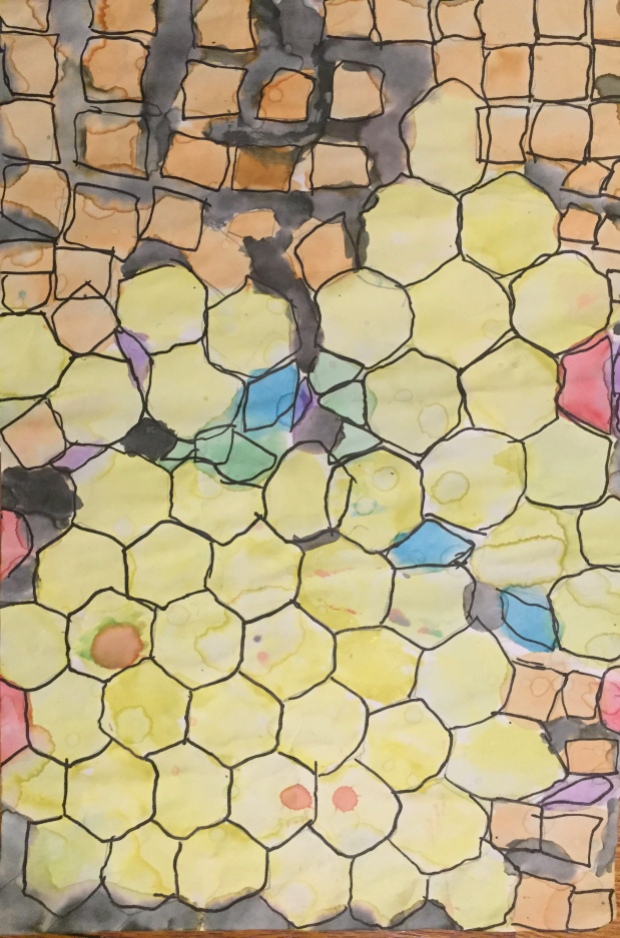


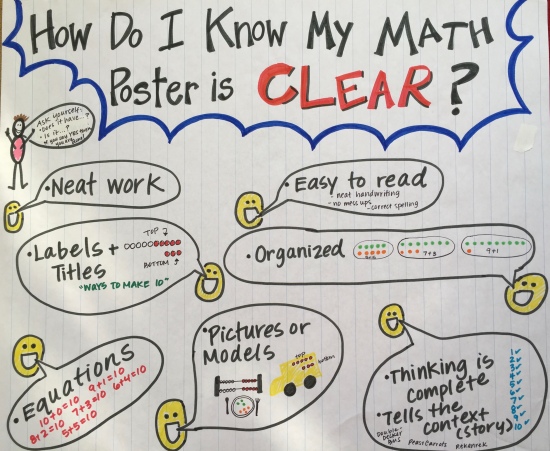
























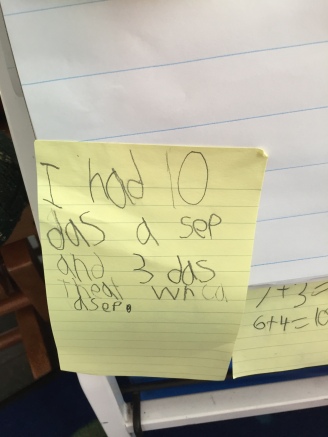








































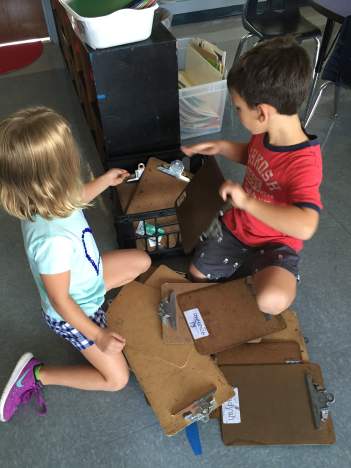











































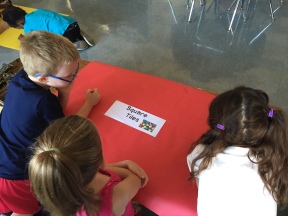


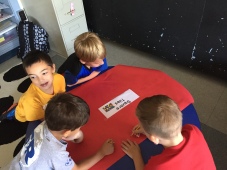














 The variety of answers was great, with no one having to use the prompt I taught them of “I don’t know yet, but here’s what I’m thinking now…” I love that someone’s answer was “math is fun!” Many kiddos said “numbers” and many others gave examples of kinds of math like adding/subtracting or wrote equations. I was impressed that they were not scared by this question, even though we were only on day 9 of 1st grade!
The variety of answers was great, with no one having to use the prompt I taught them of “I don’t know yet, but here’s what I’m thinking now…” I love that someone’s answer was “math is fun!” Many kiddos said “numbers” and many others gave examples of kinds of math like adding/subtracting or wrote equations. I was impressed that they were not scared by this question, even though we were only on day 9 of 1st grade!








